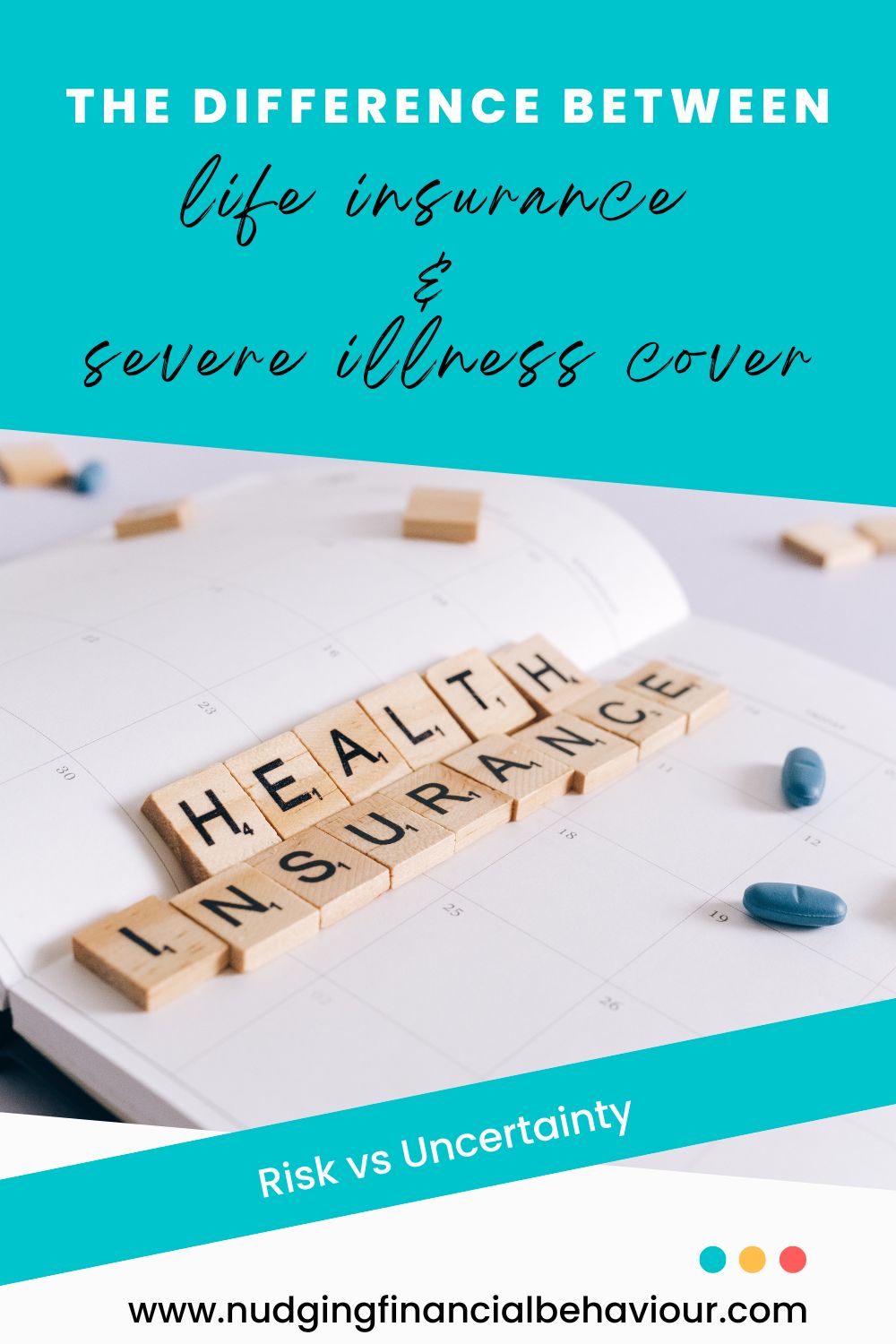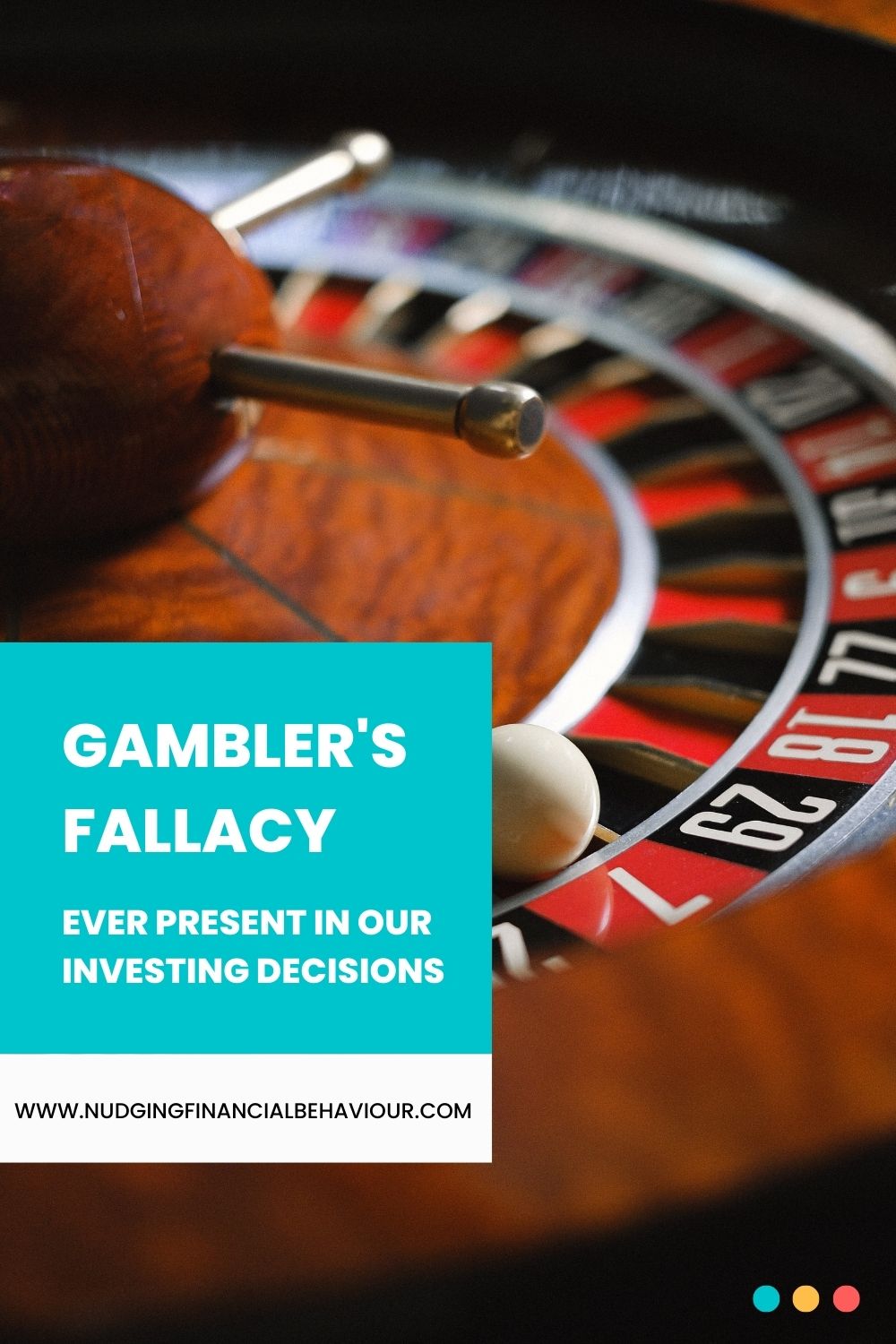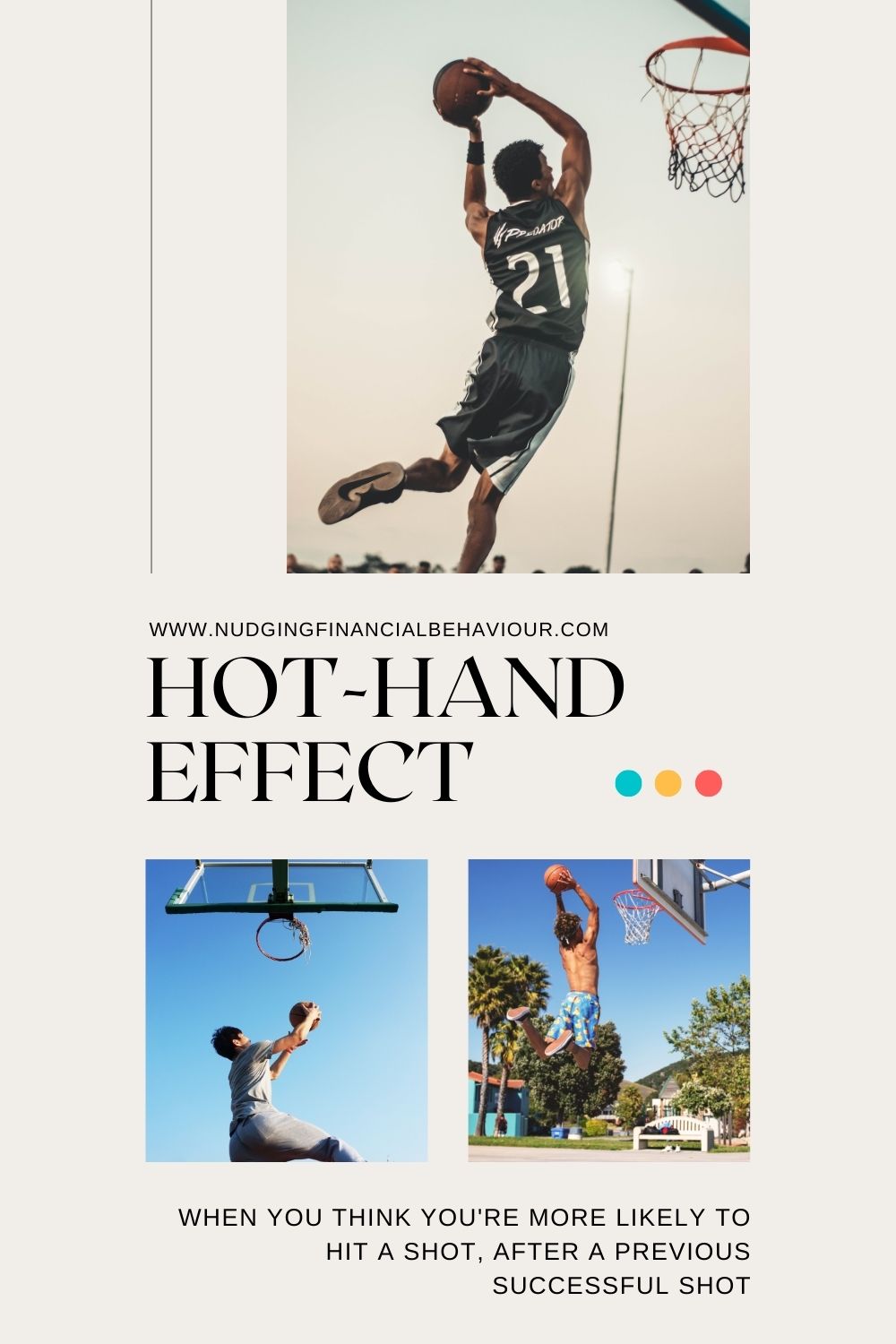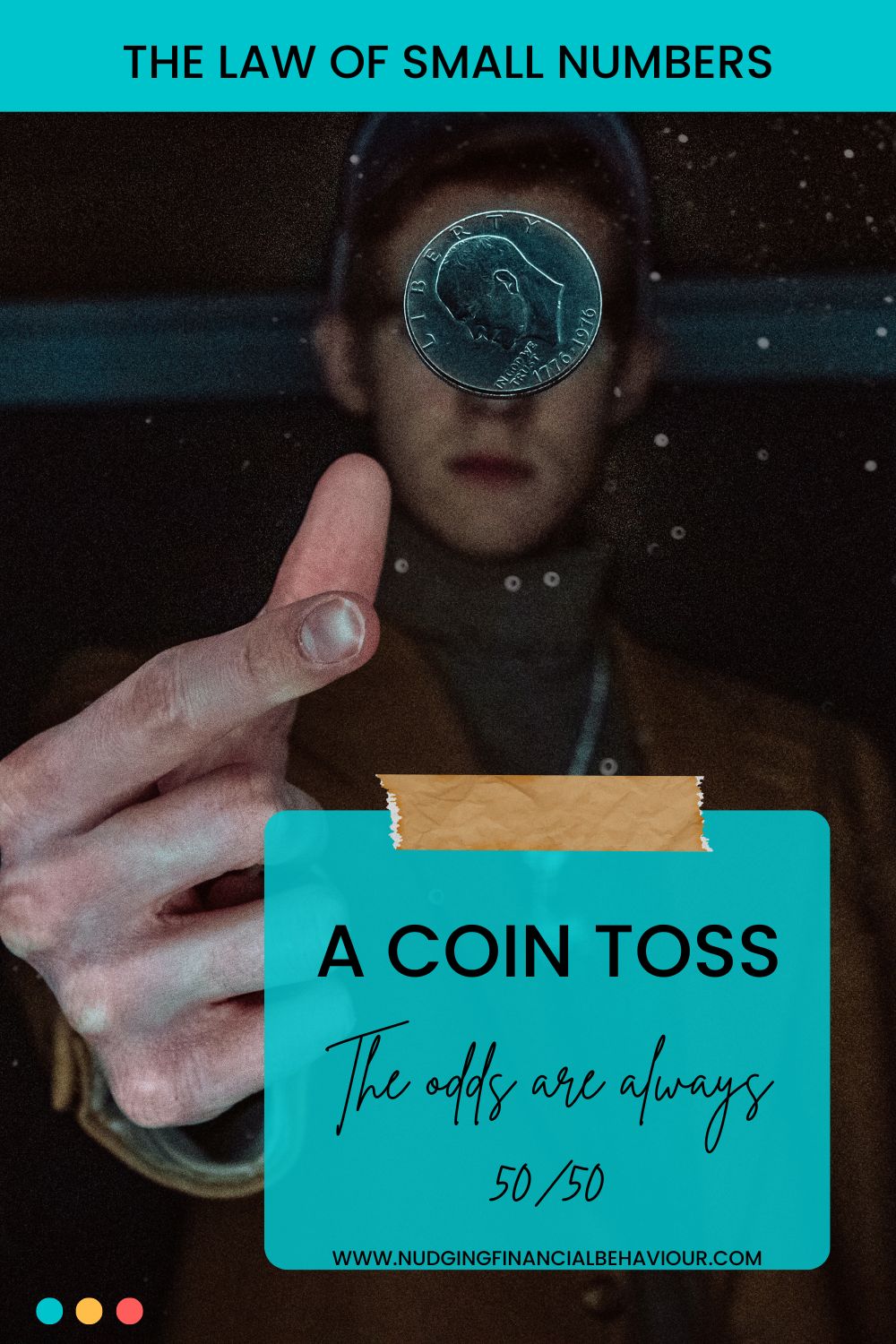The notion that the future is unknowable is difficult to accept. It goes against hundreds of years of human progress where we’ve learned how to predict things and thus control what is going to happen. Nevertheless, our lives wouldn’t be as enriching in terms of experience. Imagine how dull it would be to know with certainty what tomorrow will bring. This post discusses the difference between risk and uncertainty with examples. You’ll learn about some of the most popular behavioural biases that manifest when we’re faced with risk and uncertainty, particularly when it relates to our investing decisions.
In 1961, Daniel Ellsberg performed an experiment whereby he set up two urns, both of which contained 100 balls. The first urn contained 50 black and 50 red balls, whilst the second urn contained a combination of black and red balls (an unknown probability). Participants in the experiment were asked to select which colour ball they wanted to pick, and out of which urn they wanted to pick it.
The participants were found to be more inclined to pick from the first urn which contained 50 black and 50 red balls, with the reasoning that it was less risky. This creates a paradox. The probability of selecting a red ball in the first urn is exactly the same as in the second urn. The risk is identical, but what’s different is the uncertainty. As humans, we prefer the defined risk i.e., 50% chance of picking a red ball in the first urn, to uncertainty. We take the ‘safe’ choice.
The important factor to consider with this bias is that it’s referring to uncertainty (or ambiguity), not risk. With risk, the probabilities are known and you can usually calculate them. With uncertainty, the probabilities are unknown. These two terms are commonly mixed up, with severe consequences.

Consider the difference between life insurance and severe illness cover. They’re both insurance policies, but life insurance pertains to risk and severe illness cover pertains to uncertainty. With life insurance, actuaries perform calculations that consider your age, gender, lifestyle, medical records, family history, etc., and calculate your risk of dying. With severe illness cover, you’re insuring against the diagnosis of an illness that is included on a list of severe illnesses. This is incalculable.
This is the sort of confusion that lent a hand in the 2008 financial crisis. Those in the financial industry spend a lot of time trying to measure and manage risk. But – risk that cannot be quantified, isn’t really risk. Unless you can put a number to it – it doesn’t exist.
Consider the difference between life insurance and severe illness cover. They’re both insurance policies, but life insurance pertains to risk and severe illness cover pertains to uncertainty. With life insurance, actuaries perform calculations that consider your age, gender, lifestyle, medical records, family history, etc., and calculate your risk of dying. With severe illness cover, you’re insuring against the diagnosis of an illness that is included on a list of severe illnesses. This is incalculable.
This is the sort of confusion that lent a hand in the 2008 financial crisis. Those in the financial industry spend a lot of time trying to measure and manage risk. But – risk that cannot be quantified, isn’t really risk. Unless you can put a number to it – it doesn’t exist.

Speaking of probabilities, there’s another thing that we do wrong which is putting too much emphasis on small quantities of information.
Consider a coin toss. Every time you toss a coin there is a 50% chance that it will land on heads and a 50% chance that it will land on tails. But when we start tossing that coin and it lands on tails 3 tosses in a row, we may feel like the next toss has a higher probability of landing on heads. But that’s not accurate. The odds are always 50/50.
This approach would be appropriate if you had that urn of red and black balls and randomly picked out 3 balls that were all black and didn’t put them back in the urn. In that situation, yes, the probability of picking a red ball does increase. But when tossing a coin, each outcome is entirely independent of what came before and after.
As Tversky and Kahneman rather bluntly put it in their journal paper:
The true believer in the law of small numbers commits his multitude of sins against the logic of statistical inference in good faith. The representation hypothesis describes a cognitive or perceptual bias, which operates regardless of motivational factors.
Basically, we’re statistically stupid not the smartest. This is acknowledged in a concept known as Knightian uncertainty. It acknowledges that limitations in our knowledge coupled with a degree of ignorance results in our inability to predict future events. And thus our poor understanding of risk and uncertainty in decision-making.
The law of small numbers is connected to the term gambler’s fallacy. This is where a gambler feels that a particular number on the roulette table or lottery hasn’t come up in a while and is thus likely to come up next. What the gambler is doing is incorrectly thinking that there is a finite pot of numbers that aren’t being replaced every time one comes up. When in fact, it is fair game for all numbers on every spin and draw.
Perhaps a joke will help illustrate this better:
“A statistician/gambler is afraid of flying due to the small chance that there’ll be a terrorist attack. Thus, on every flight he goes on, he takes a bomb with him in his hand luggage. He reasons that the probability of a bomb being on the plane is very low. And the probability of there being two bombs on the plane is thus practically zero!”

The law of small numbers is connected to the term gambler’s fallacy. This is where a gambler feels that a particular number on the roulette table or lottery hasn’t come up in a while and is thus likely to come up next. What the gambler is doing is incorrectly thinking that there is a finite pot of numbers that aren’t being replaced every time one comes up. When in fact, it is fair game for all numbers on every spin and draw.

Perhaps a joke will help illustrate this better:
“A statistician/gambler is afraid of flying due to the small chance that there’ll be a terrorist attack. Thus, on every flight he goes on, he takes a bomb with him in his hand luggage. He reasons that the probability of a bomb being on the plane is very low. And the probability of there being two bombs on the plane is thus practically zero!”
Can you see the problem here?
Gambler’s fallacy exists because we don’t understand statistics, or at the very least, we don’t understand the difference between a random process and one that is not.

Contrasting to gamblers fallacy, but coming from the same place, is the hot-hand effect. The name comes from Basketball where fans and players alike tend to believe that a player’s chances of hitting a shot are greater following a successful shot than following a missed shot. It feels a bit like momentum is on their side. What’s happening here is that the recency effect has now poked its head up. Recall that with the recency effect we place more emphasis on events that happened most recently. We’re projecting that and expecting another positive outcome after a previous one.
However, if you’ve taken in anything you’ve been reading so far you should know that the chances are the same every time. Detailed analysis of shooting records shows that there is in fact no positive correlation between the outcomes of successive shots.
Contrasting to gamblers fallacy, but coming from the same place, is the hot-hand effect. The name comes from Basketball where fans and players alike tend to believe that a player’s chances of hitting a shot are greater following a successful shot than following a missed shot. It feels a bit like momentum is on their side. What’s happening here is that the recency effect has now poked its head up. Recall that with the recency effect we place more emphasis on events that happened most recently. We’re projecting that and expecting another positive outcome after a previous one.
However, if you’ve taken in anything you’ve been reading so far you should know that the chances are the same every time. Detailed analysis of shooting records shows that there is in fact no positive correlation between the outcomes of successive shots.

Both Gambler’s fallacy and the hot-hand effect are using the law of small numbers in believing that past events change the probability of an event happening in the future.
Curiously, we can demonstrate both Gambler’s fallacy and the hot-hand effect at the same time. A university experiment that used random data from a roulette wheel game showed that participants displayed gambler’s fallacy when predicting the outcome of a sequence of spins, but at the same time, they believed that their predictions (which were based on the same random data) were influenced by the hot-hand effect.
Karma doesn't exist, it's called Gambler's Fallacy Share on XGamblers fallacy is present in our investing decisions. If the market has been going up for a long time, some investors start fearing that it might drop at any point. But then with certain shares, some investors have the hot-hand effect by believing that a certain company is a safe choice, and its price will always go up, so why won’t that continue?
The housing market is another area where these biases play out, particularly the hot-hand effect as most people believe the price of property will always go up, and there’s always profit to be made. But the availability bias also makes itself known here as we more often hear stories of property booms than property crashes. Taking that into account, many investors don’t buy property when the prices are low. They rather wait until the prices pick up again and then buy.
Ignoring everything I said in the above two paragraphs, the reason the law of small numbers is explained using coin tosses and gambling examples is that these are truly independent events. Once you leave the casino though, things start becoming interdependent on each other. And interrelations in the financial market, a particular share, and the housing market do exist.
Perhaps the best advice is to know the difference between risk and uncertainty. If you hear someone saying that ‘the risk of stagnation is x percent’ you should be cautious. Risk and probabilities don’t go together when we’re in the domain of uncertainty. There are few areas where we can rely on clear probabilities (think of coin tosses and casinos). More often, we are left with ambiguity. And with that, we need to learn how to tolerate uncertainty.

Ignoring everything I said in the above two paragraphs, the reason the law of small numbers is explained using coin tosses and gambling examples is that these are truly independent events. Once you leave the casino though, things start becoming interdependent on each other. And interrelations in the financial market, a particular share, and the housing market do exist.
Perhaps the best advice is to know the difference between risk and uncertainty. If you hear someone saying that ‘the risk of stagnation is x percent’ you should be cautious. Risk and probabilities don’t go together when we’re in the domain of uncertainty. There are few areas where we can rely on clear probabilities (think of coin tosses and casinos). More often, we are left with ambiguity. And with that, we need to learn how to tolerate uncertainty.

That means we need to stop worrying about our lack of control over our investments. Rather, go do something constructive, like BASE jumping or mountain climbing, where you actually have an element of control.
Leave us a text in the comments on risk vs uncertainty below.
Leave us a text in the comments on risk vs uncertainty below.
I am passionate about helping people understand their behaviour with money and gently nudging them to spend less and save more. I have several academic journal publications on investor behaviour, financial literacy and personal finance, and perfectly understand the biases that influence how we manage our money. This blog is where I break down those ideas and share my thinking. I’ll try to cover relevant topics that my readers bring to my attention. Please read, share, and comment. That’s how we spread knowledge and help both ourselves and others to become in control of our financial situations.

Dr Gizelle Willows
PhD and NRF-rating in Behavioural Finance
Receive gentle nudges from us:
[user_registration_form id=”8641″]
“Essentially, all models are wrong, but some are useful.” – George E.P. Box
